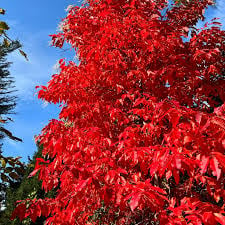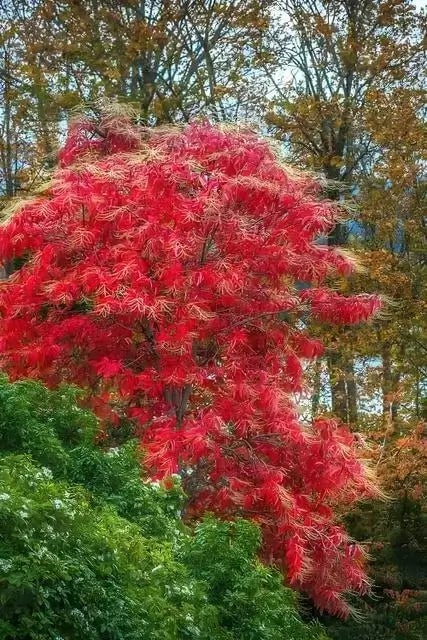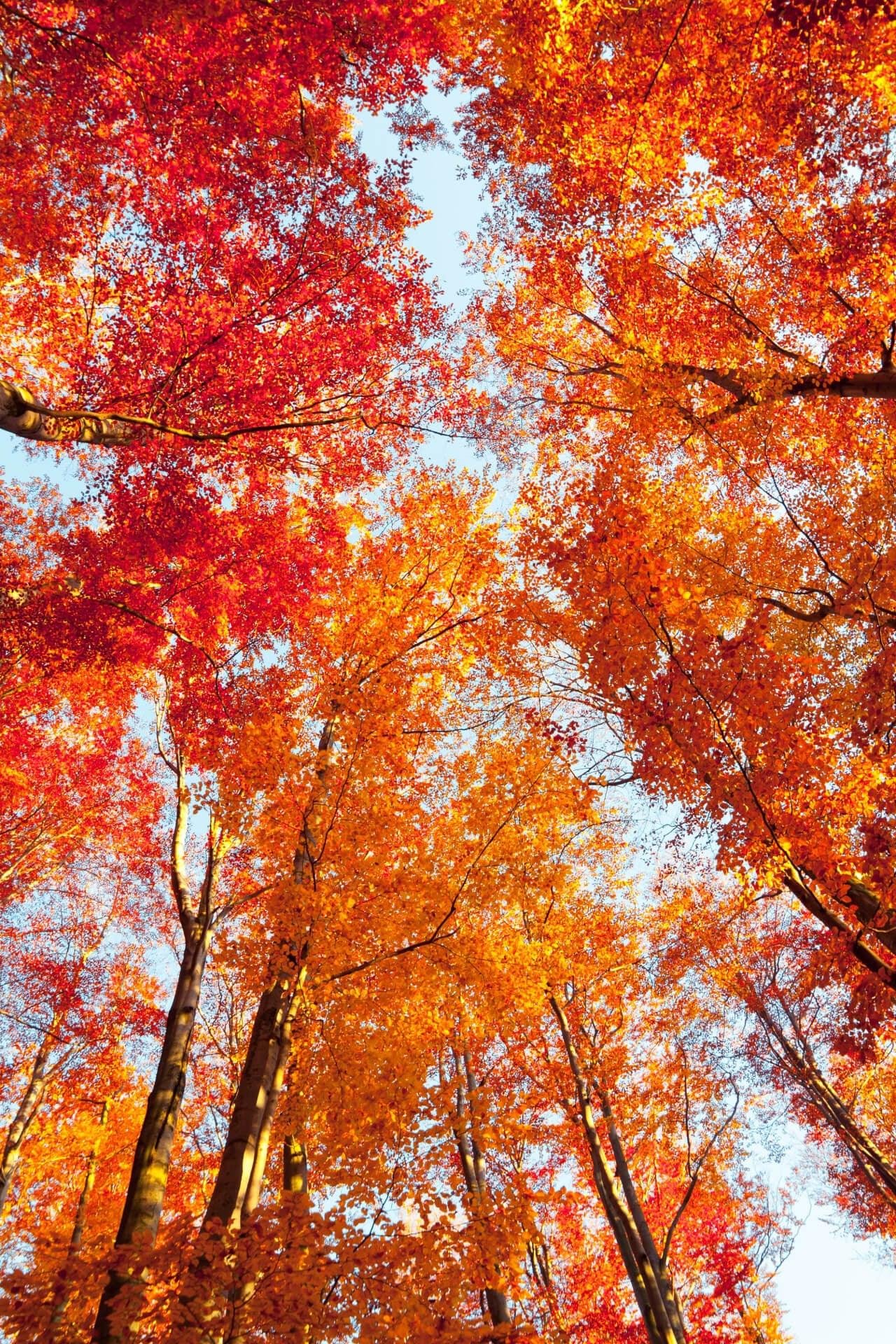




Sourwood Tree
This plant ships:
NowWe sell bare root plants - click here to see what you'll receive
Sourwood Tree - Oxydendrum arboreum
The Sourwood Tree is a small to medium-sized deciduous type native to the southeastern United States. It is notable for its long panicles of fragrant, white, urn-shaped flowers and vibrant red fall foliage.
Among garden types, this type fits the bill. It grows around 25 feet tall, and its branches generally spread to 10 feet. It will become a stalwart focal point in any garden. These plants are stately enough to please the eye yet small enough not to overpower any perennials planted around them. Another name for this plant is the sorrel.
Sourwood Tree Has Beautiful Blooms
They say, "Good things come to those who wait." That is true of this plant. Beginning with its fifth season after being planted, it will sprout gorgeous white flowers throughout June and July every year. These bell-shaped flowers grow on panicles in a flowing, attractive fashion that has led them to be called "angel fingers." The flowers are also sweet-smelling, producing so much nectar during their blooming that it drips from the branches at the slightest shake.
The Leaves of Sourwood Tree Are Rich and Colorful
The leaves will turn brilliant colors in the fall, notably red and deep purple. The bark is reddish brown and is attractively furrowed, matching the hues of the changing leaves. The leaves are pleasantly aromatic, reminiscent of the smell of honey from its nectar. The wonderful aroma is balanced between astringency, which gives the plant its name, and the sweetness of anise.
The leaves are oblong and finely tapered, and the surface is glossy enough to reflect sunlight attractively. After the blooms fade at the beginning of August, pretty silvery capsules form along the branches. The color of these capsules meshes nicely with the changing leaves and the furrowed bark into winter. Because the sorrel is a slow-growing plant, its wood and bark are solid and sturdy, providing a beautiful sight in all four seasons.
Attract Pollinators With This Stunning Native
Pollinators, especially bees, love the flowers of Sourwood Tree, the sweet-and-sour nectar that produces the world's most excellent honey. Birds will also fly among the branches for a snack as autumn turns to winter. As the sorrel is mainly unaffected by pests or disease, it will likely remain a pleasing focal point in any garden for many years.
Where Do They Grow The Best
They prefer well-drained, acidic soil and can grow in full sun to part shade. This species is native to the southeastern United States but performs well in other climates similar to those of the southern part of the United States.
What are the characteristics of them?
Their leaves are smooth, slightly glossy, dark green, and lanceolate. In the late season, this plant becomes bright red, orange, and purple and gives a beautiful view throughout autumn.
What Are The Benefits Of Them
Its autumn foliage colors are splendid; it has many white flowers in summer and a smooth white or grayish-mottled bark in winter. They also collect excellent, tasty, and highly sought-after honey from beekeepers.
How do you identify the bark?
The outer, thick, fully developed layer is gray to reddish-brown in color, with deep and well-spaced furrows and a crenelated surface.
What Type Of Fertilizer Is Favorable For These
The Sourwood Tree should be fertilized using a slow-release fertilizer. Spray in the early spring to ensure the plants grow well and develop a strong stem.
| Planting zone | [5, 6, 7, 8, 9] |
|---|---|
| Height At Maturity | Over 25 Feet |

Sourwood TreeBuy 1 + Get 1 Free / 1-2'
Sale price$19.98






Sourwood Tree
This plant ships:
Now| Planting zone | [5, 6, 7, 8, 9] |
|---|---|
| Height At Maturity | Over 25 Feet |

